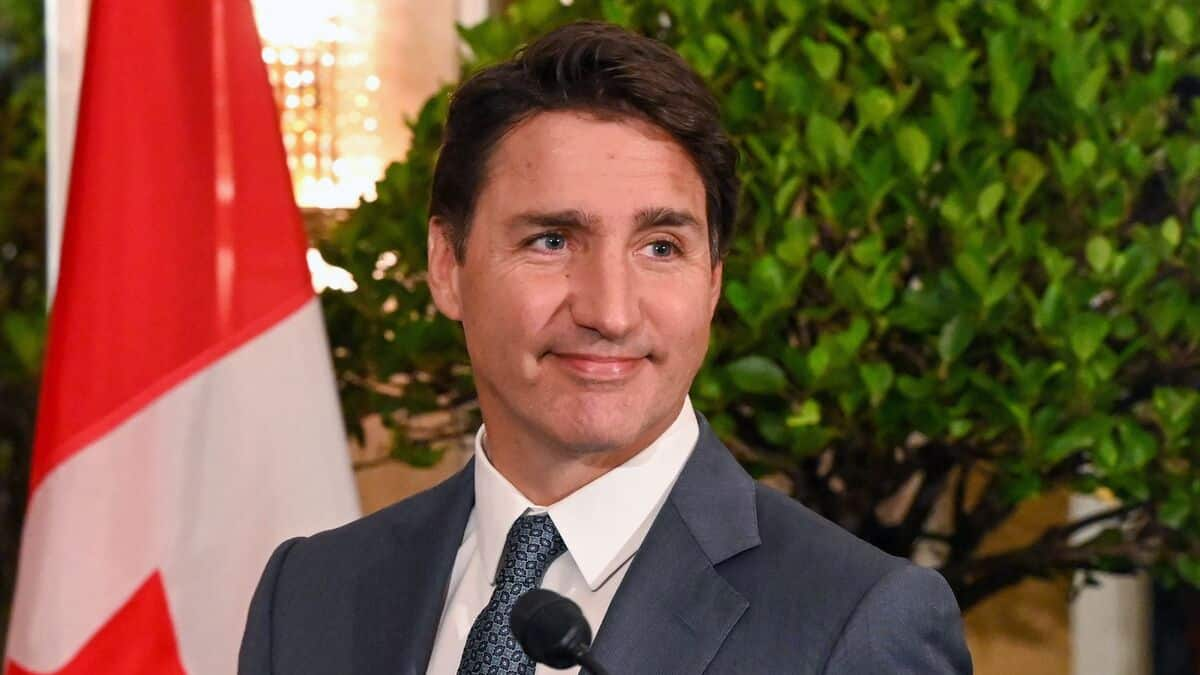Justin Trudeau admitted that temporary immigration in recent years has reached a rate “much higher than what Canada has been able to absorb”, with consequences on the cost of housing and wages in certain sectors of the economy.
• Read also: Canada reaches 41 million inhabitants, adding 1 million people in nine months
• Read also: Trudeau reserves $6 billion for housing-related infrastructure
At a press conference in Halifax on Tuesday, the Prime Minister was asked if the country’s migration policies had contributed to the housing crisis plaguing all provinces.
Mr. Trudeau responded that his increase in permanent immigration to 500,000 people per year by 2025, then capped for the following years, remains essential for Canada’s long-term “necessary growth.”
“However,” he said, “over the last few years we have seen a massive increase in temporary immigration, whether temporary foreign workers or foreign students in particular who have increased to a pace far beyond what Canada has been able to absorb.”
“We want to lower these figures,” he continued, referring to a “responsible approach” where Canada maintains its thresholds for permanent immigrants “while limiting a little more temporary immigration, which is at the origin of so much pressure in our communities.”
Despite some recent signals in this direction, this is the first time that Justin Trudeau has so clearly questioned Canada’s immigration thresholds and their impacts on the economy.
Temporary immigration figures
Temporary immigration has exploded in recent years. This is mainly made up of foreign workers and international students, and to a lesser extent, refugees.
Together, they represent 7.5% of the Canadian population, more than triple (2%) than in 2017, declared the Prime Minister. Taken together, permanent immigration and temporary immigration accounted for 97.6% of net population growth in 2023.
This welcome is not unrelated to the fact that Canada reached, last week, the plateau of 41 million inhabitants, adding one million people in nine months after crossing the 40 million mark last summer, according to Statistics Canada estimates.
The government of François Legault has repeatedly decried Ottawa’s management of immigration, with Quebec being the province that welcomes by far the most refugees in the country, despite a declining demographic weight.
Ottawa wants to slow down
Beyond the impacts on housing prices, Justin Trudeau indicated that the current dynamic has allowed more and more businesses to rely on temporary immigration “in a way that drives down wages in certain sectors economy”.
Recognizing the situation, federal Immigration Minister Marc Miller recently declared that temporary immigration “attacks and affects affordability” and announced measures to slow the pace.
After reintroducing mandatory visas for Mexicans in February, the minister revealed plans to reduce the proportion of temporary residents in the country from 6.2% of the general population to 5% by 2027.
